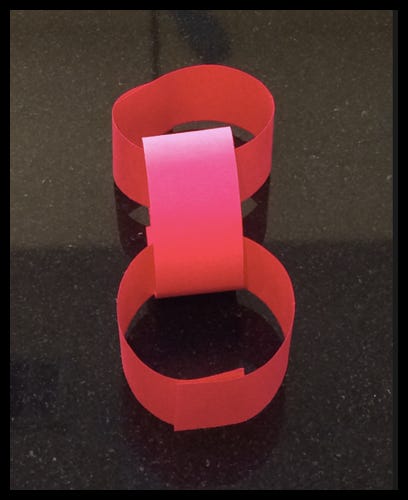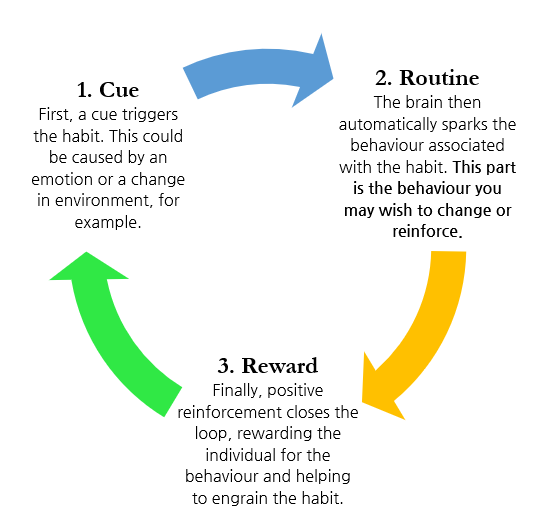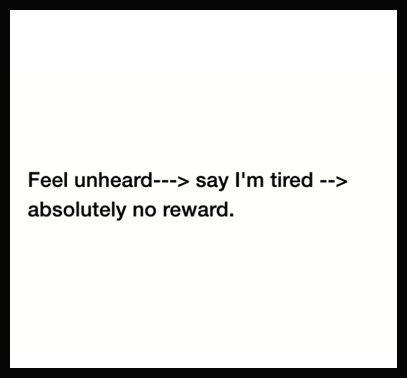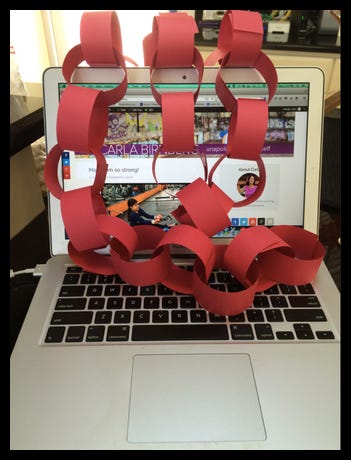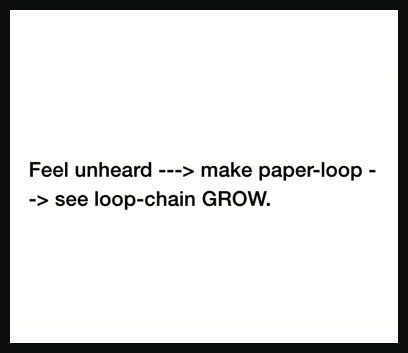The Power of Habit Loops
3 loops = new habit “done” 3 times.
I’ve written about the addition of daily practices.
A START, a SLOW and a SUMMATION are still what I lean on to maintain a life-framework founded on consistency.
These three help ensure my days are structured and I maintain momentum toward becoming who I want to be in my second life.
Even with this S-Cubed approach, however, there existed a (rather large) habit which wasn’t serving me.
A phrase I habitually used which, even when I uttered it, I knew only made me feel worse and yet in the moments before and after it came out of my word-hole I felt helpless to shift or change.
I’m tired.
I found myself saying these words consistently during times when I was not fatigued at all.
Out of frustration. Out of exasperation. And yes out of anger.
And I said them to no one but myself.
Most importantly, after I said the words the habit there was no catharsis or release or sense of THAT’S IT. THAT’S WHAT IM FEELING. NOW I FEEL BETTER.
I remained meh at best or most usually felt worse.
When I confided in a friend about this seemingly strange (to me at least) struggle she thought for a brief moment and, as all good friends do, lovingly and bluntly informed me I had a habit loop I needed to break.
Nothing would change, she told me, until I changed my approach.
She explained the highlights of Charles Duhigg’s: The Power of Habit.
I listened distractedly as I was already on the Amazon app ordering the Kindle version before she finished. She was right. And knowing the deep value of friends who know me better than I know myself—I listened.
Duhigg suggests our habits take the form of cue (trigger from environment telling our brains to act) routine (action/habit) and reward (what we “get” from the habit).
Image: Connie Murray
The Duhigg loop idea made sense, but didn’t quite feel entirely applicable to the thought-habit I wanted to break.
Ever a believer we need to read and research and make it ours—I tweaked his approach and made it work for me.
I’m tired.
Habit: I have the bad-for-ME habit of saying the phrase I’m tired.
I want to stop as it’s neither true (I don’t mean sleepy.) nor is it working for me.
Habit is triggered when I feel unheard and saying it serves to help me feel momentarily seen or acknowledged.
Reward? NONE.
Here’s where I was momentarily stymied. I assumed my habit would be easy to shed as I received no reward (translation: no one listened).
I was wrong.
I tried to break my habit.
I tried to shift my mindset. It didn’t work.
I needed more than Duhigg; you may, too.
My habit demanded a visual reminder.
To succeed in ceasing the I’m TIREDs I needed to create a trigger which reminded me of how long I’ve maintained my new habit.
Something tangible in the same way I used rubber-bands when I was trying remind myself to drink more water.
Duhigg’s use of the word loop, however, sparked this too literal woman to recall her love of creating construction paper loops with the now adultchild for Sukkot.
In that moment I knew I’d identified a reward for my thought-habit.
The visual-reward of seeing my loop numbers grow!
And I started.
I added a loop at the end of each day I maintained my new habit.
Encountering this visual trigger nudged me toward the mindset I desired no matter how I felt when I climbed out of bed in the morning.
These tangible loops work for me.
While I didn’t literally break my chain if I backslid (this was important for me and my mindset: no punishment. no loop-removal for undesired behaviors) the pride I felt at seeing how consistent I’d been with my new habit made me highly motivated to not want to even metaphorically break the chain.
I know mastery follows consistency.
I know behaving the way I desire begets more ‘good’ behavior.
I neither thought I needed a reward for habit change nor did I think I was particularly visual.
This habit-loop approach has proven me wrong.
In order to gain mastery I needed a (literal & metaphorical) chain of consistency to get me started and propel me forward.
And so far it’s working.
And you?
Have you succeeded in changing a habit using visual cues to show progress/momentum?
Have you read The Power of Habit?




